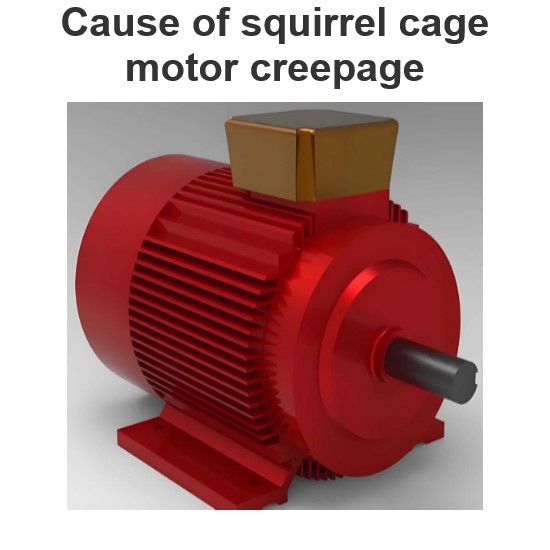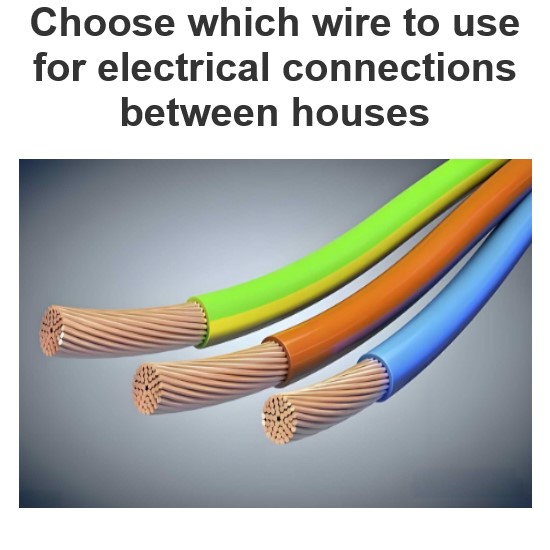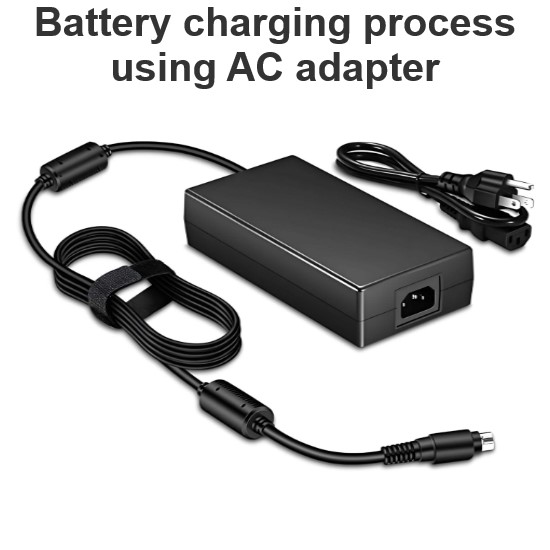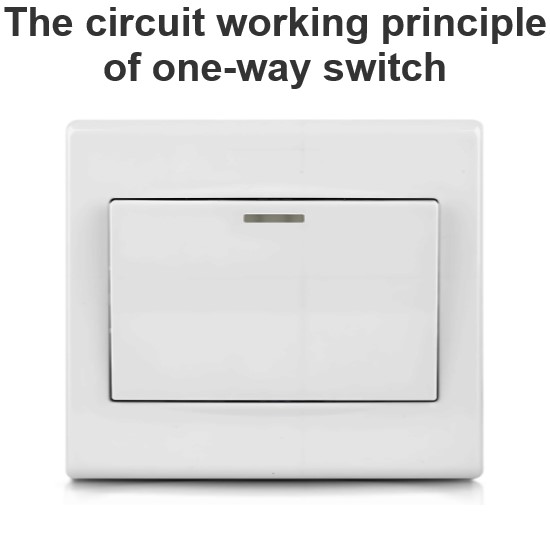Does a grid-connected inverter need a grid to operate?
Grid-connected inverters do need to be connected to the grid to function properly. These inverters are designed to convert direct current (DC) from renewable energy sources, such as solar photovoltaic panels or wind turbines, into alternating current (AC) that synchronizes with the grid in order to feed power into the public grid. Here are some of the key features and operating conditions of grid-connected inverters:
The basic working principle of grid-connected inverter
The basic working principle of grid-connected inverters is to convert direct current generated by solar panels or other renewable energy systems into alternating current, which is then delivered to the grid. This process consists of two main steps: first, the conversion of direct current to AC, and then the transfer of the converted AC power to the grid.
Characteristics of grid-connected inverter
Synchronization with the grid: grid-connected inverters need to operate in sync with the grid, that is, the output AC frequency, phase and voltage must be consistent with the grid to ensure that power can be seamlessly fed into the grid.
Dependent on grid reference: grid-connected inverters usually rely on reference signals provided by the grid for frequency and phase adjustment.
Islanding protection: grid-connected inverters need to have the function of preventing islanding. When the power grid goes out, the inverter must be able to quickly disconnect from the grid to prevent the power generated by the inverter from becoming dangerous to maintenance personnel.
Operating condition
Grid connection: Grid-connected inverters must be connected to the grid in order to be able to output converted alternating current into the grid.
Normal operation of the grid: the grid-connected inverter can only work when the grid is in normal operation. If there is a grid failure or power outage, the inverter will stop working and enter a waiting state until the grid returns to normal.
Grid frequency and voltage: Grid-connected inverters need to detect the frequency and voltage of the grid and ensure that the output alternating current matches it. If the grid frequency or voltage exceeds the preset range, the inverter will stop working.
Working mode
Normal operation: When the grid is working normally, the inverter converts the direct current generated by the photovoltaic panel or wind turbine into alternating current and feeds it into the grid.
Fault protection: When the power grid has problems (such as high or low voltage, frequency offset, etc.), the inverter will automatically disconnect from the power grid to protect equipment and personnel safety.
Island detection: grid-connected inverters need to have the ability to detect the state of the power grid, and when the power grid is cut off, the inverter must stop supplying power to the power grid within a specified time.
The difference with off-grid inverters
In contrast to grid-connected inverters are off-grid inverters, which are designed to operate independently and do not depend on the presence of the grid. Off-grid inverters are often used in conjunction with energy storage devices, such as batteries, to provide a stable power supply even when there is no grid.
Application scenario
Grid-connected inverters are widely used in renewable energy power generation projects such as solar photovoltaic systems and wind power systems, especially in distributed power generation and microgrid applications, such as residential rooftop photovoltaic systems and commercial building photovoltaic systems.
Sum up
A grid-connected inverter requires the grid to function properly because it relies on the frequency and phase reference signals provided by the grid and must synchronize with the grid to feed power into the grid. In addition, grid-connected inverters also need to have islanding protection to ensure timely disconnection in the event of a grid failure.
The Electricity Encyclopedia is dedicated to accelerating the dissemination and application of electricity knowledge and adding impetus to the development and innovation of the electricity industry.













